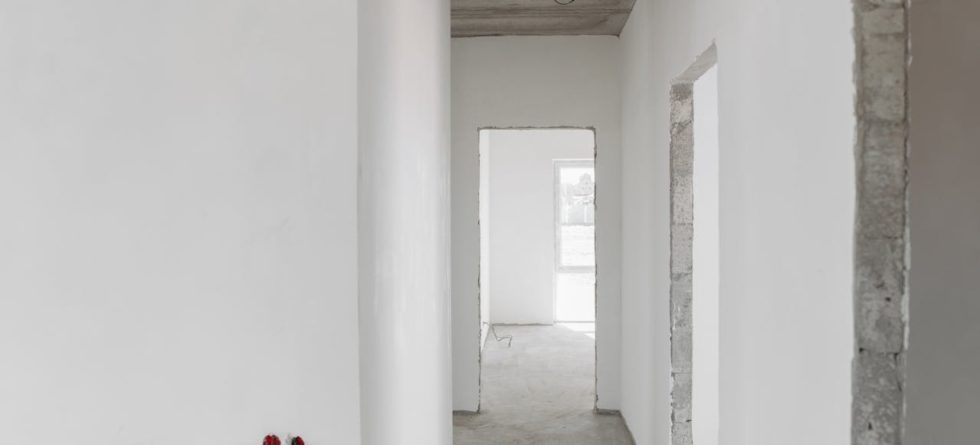When it comes to painting your home, durability is key. Nobody wants to deal with chipping paint shortly after a fresh coat is applied. To ensure your paint job stands the test of time, select the right type of paint.
Let’s explore some options that are known for their chip-resistant qualities…
1. Acrylic Paint
- Acrylic paint is a popular choice for its exceptional durability and resistance to chipping.
- It forms a strong bond with surfaces, creating a tough protective layer that can withstand everyday wear and tear.
- Acrylic paint is flexible, allowing it to expand and contract with temperature changes without cracking or chipping.
- It’s suitable for both interior and exterior applications, making it a versatile option for various painting projects.
2. Latex Paint
- Latex paint, also known as water-based paint, is another excellent choice for chip-resistant finishes.
- It provides a durable and long-lasting coat that resists chipping, peeling, and fading over time.
- Latex paint is easy to clean and maintain, making it ideal for high-traffic areas like hallways, kitchens, and bathrooms.
- With proper surface preparation and application techniques, latex paint can provide years of chip-free performance.
3. Enamel Paint
- Enamel paint is known for its hard, glossy finish that offers superior chip resistance.
- It forms a durable protective layer that is highly resistant to impacts, scratches, and abrasions.
- Enamel paint is commonly used on surfaces that require extra protection, such as doors, trim, and cabinets.
- It’s available in both oil-based and water-based formulations, offering versatility and ease of application.
4. Epoxy Paint
- Epoxy paint is an extremely durable option that provides exceptional chip resistance, especially in high-traffic areas.
- It creates a hard, seamless finish that is resistant to chipping, staining, and chemical damage.
- Epoxy paint is commonly used on floors, countertops, and other surfaces that require maximum durability.
- While epoxy paint requires special preparation and application techniques, the results are well worth the effort in terms of longevity and performance.
When selecting paint for your home, prioritize durability to prevent chipping and maintain a fresh, attractive appearance for years to come. Consider factors such as surface type, location, and intended use to determine the best paint type for your specific needs.
Have you ever experienced issues with paint chipping in your home? What type of paint did you use, and what steps did you take to address the issue? Share your insights and experiences in the comments below!


Leave a Comment